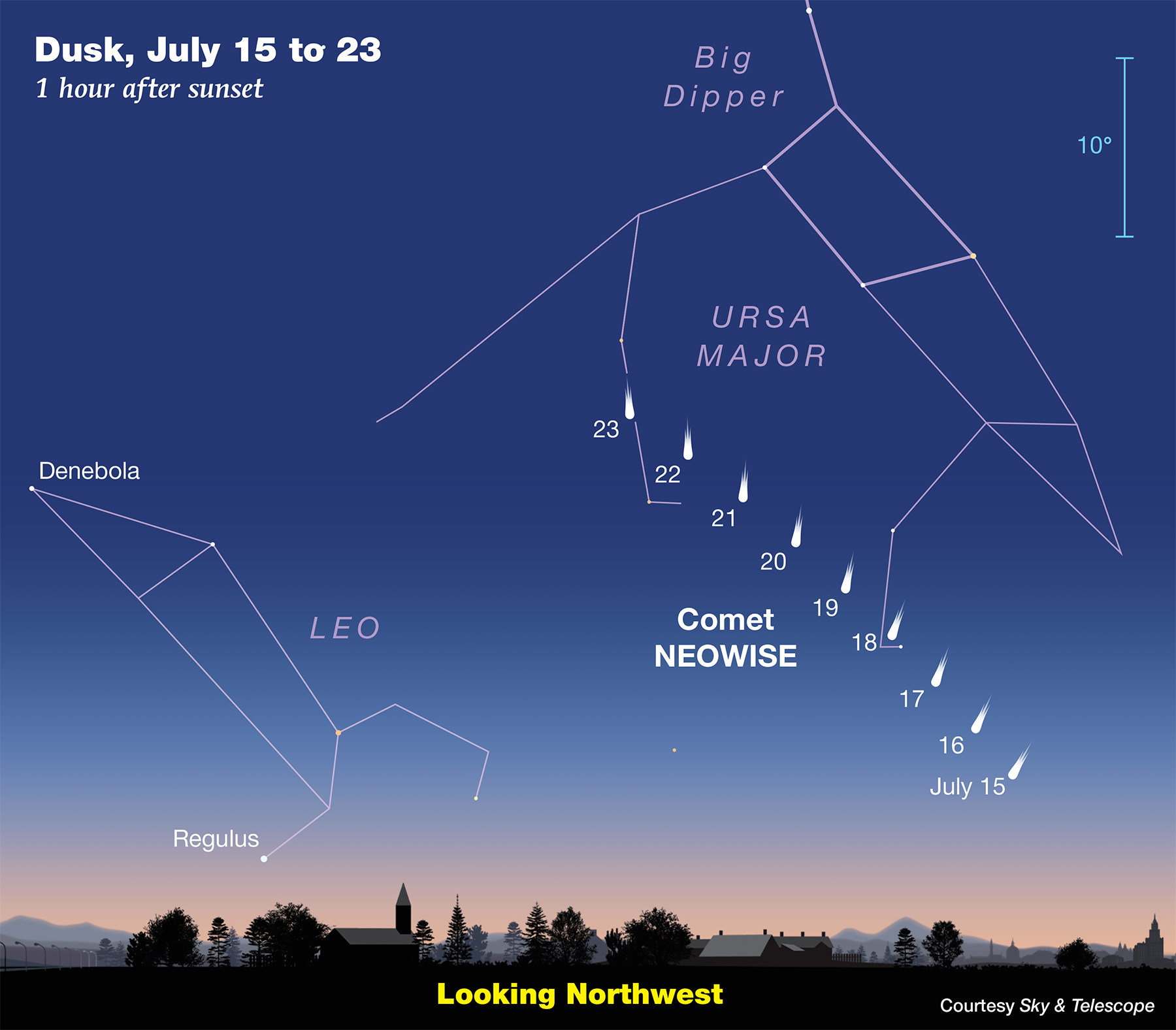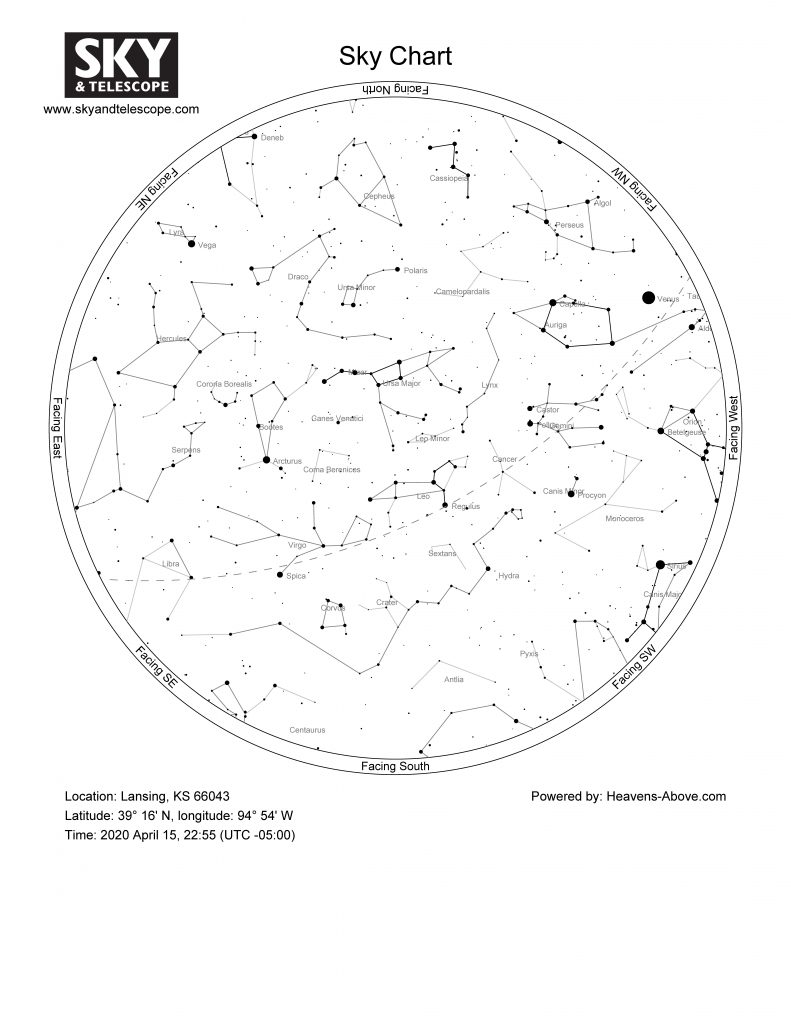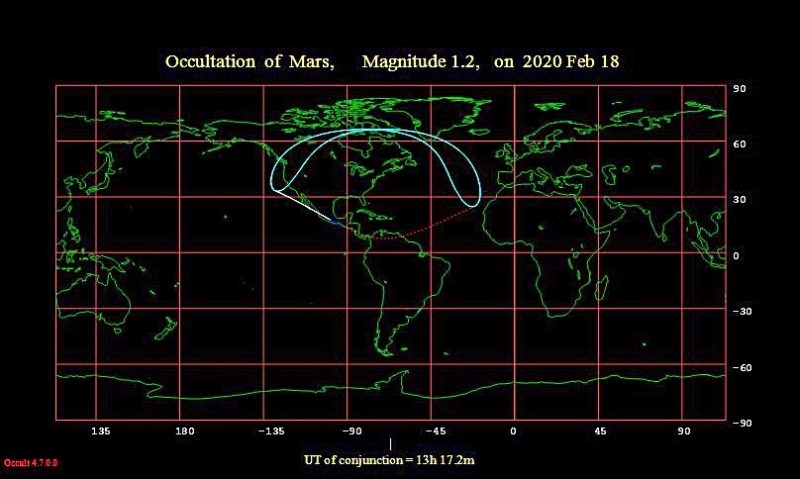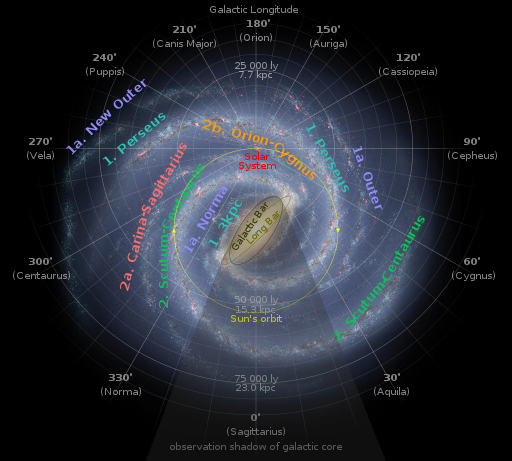This time last week I was looking forward to getting out of this house – the one we’ve been sheltering in place in since mid-March for a week-long trip to a BnB in the Flint Hills.

My original plan included dusting off my telescope in the hope of some dark sky observing, only I forgot to check the moon phase calendar before booking the cabin. Full moon occurs this week (tomorrow if I remember correctly).
But despite all the stress of participating (as a team lead) in a hackathon (and placing second), escaping our home however briefly just wasn’t in the stars.
Terry’s health has been a problem for several months now, including a trip to the hospital last month for a few days (that turned out to be a bad drug reaction and interaction). The hospital food also did a number on his digestive system and he’s still suffering weeks later. So at the last possible moment, I cancelled the trip (rescheduled it for the new moon in mid-April 2021) and resigned myself to a week of home improvement and maintenance projects.
Continue reading “Staycation Halfway Highlights”










